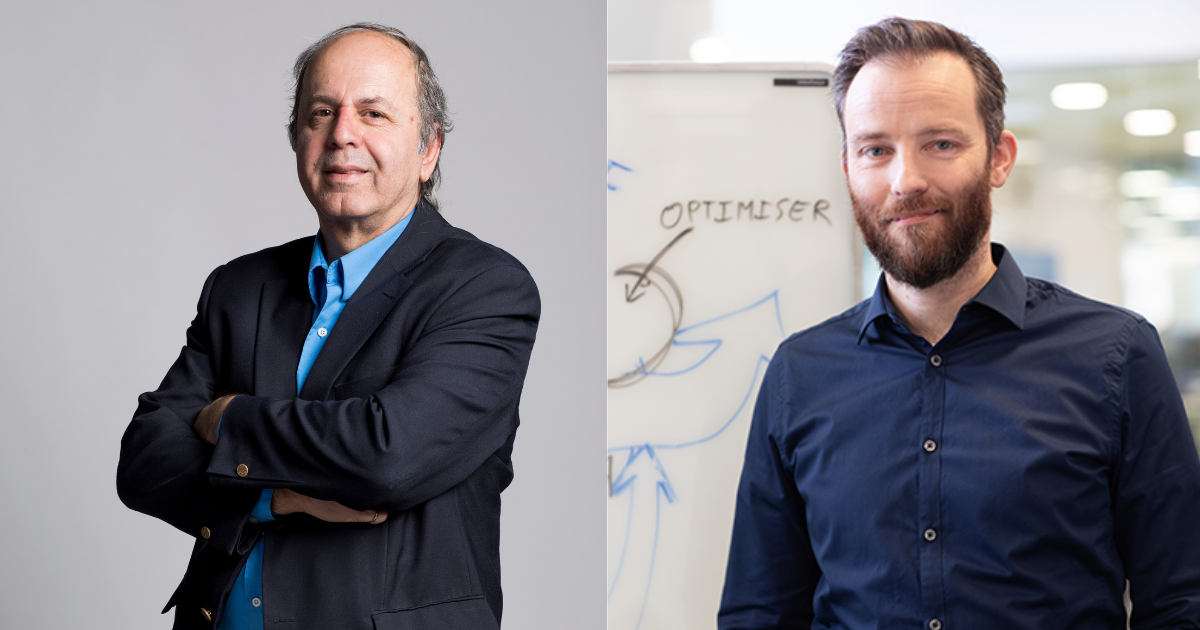
Noise pollution can have an impact on people’s comfort and health. In Quebec, more than a million people were exposed to “highly disturbing” environmental noise between 2014 and 2015 (Lebel G. et al. 2019). Yet noise reduction can be an important selling point (e.g.: quieter business jets, cars or household appliances). But reducing low-frequency noise is a challenge. Conventional noise-absorbing materials, such as glass wool or perforated panels, require greater thickness when it comes to tackling noise with low-frequency components. In the case of industrial applications, volumes can be limited. Added mass can also be limited to minimize energy consumption and environmental footprint in the transport sector. One alternative is to develop structured materials with micro- or macro-structures to obtain acoustic properties that conventional materials do not have. This way, relatively thin structured materials can be developed to effectively absorb low-frequency noise.
Developing a Structured Material
The structured material developed consists of a periodic repetition of single cells (material shown in Fig. 1(a)). A single cell presents a perforation ①, a junction ② and an annular Helmholtz resonator, consisting of an annular collar ③ and an annular cavity ④, see Figure 1(a). The following prototype features 10 stackable aluminum units, see Figure 1(b). Its total thickness is 31 mm and its external diameter is 22 mm.

Modelling and Physical Principle
We propose a mechanical-acoustic analogy approach, with corresponding mass-spring systems for acoustic modelling of the structured material. For a single cell, the perforation is represented by a corresponding mass, while the junction and annular Helmholtz resonator are represented by a corresponding spring. This approach makes it possible to:
- Predict the acoustic absorption and transmission properties of the material;
- Visualize the displacement of air masses in perforations;
- Identify resonance frequencies.
To validate the results of this model, experimental measurements were carried out on prototype acoustic tubes. This test bench was used to measure the sound absorption coefficient as a function of frequency, while the material is attached to a rigid wall.
Figure 2 shows the sound absorption coefficient measured and predicted by the mass-spring model for the prototype under study. Results of both methods were very similar. Peaks in the sound absorption coefficient were observed, their amplitude decreasing with increasing frequencies. The acoustic absorption obtained with this structured material had lower frequencies than conventional materials of the same thickness and volume (see example with melamine foam in Figure 2).
The mass-spring model showed that peaks in the sound absorption coefficient correspond to resonances. At these frequencies, the energy of the incident sound wave is weakened by an opposing sound wave generated by the material. Simple analytical formulas were derived from the model to estimate these frequencies.
From 2,200 Hz onwards, the sound absorption coefficient dropped to zero. The zone where the sound absorption coefficient was close to zero corresponds to a “band gap”: sound no longer propagates in the material at these frequencies. The mass-spring model predicts the beginning and end of the band gap—the end of the band gap occurs at a very high frequency, close to 10,000 Hz.

Figure 3 shows air mass displacement for the first three resonance frequencies, and at a frequency within the band gap. This visual shows how sound propagates in the material at different frequencies. At the first resonance, the masses vibrate in phases—together, at the same time, and in the same direction—and their amplitude decreases through the material until it reaches zero. Air mass displacement is different for each resonance frequency. Observation of the mass displacements showed that the resonances correspond to global material resonances (contribution of the entire material). Our prototype consists of 10 cells, therefore, only 10 resonances before the band gap can be observed. The last resonance frequencies are close to each other, and their absorption peaks are no longer distinct, but grouped together, as in Figure 2 where frequencies are close to the band gap.

Conclusion and Outlook
We propose a structured material design for low-frequency sound absorption. We developed a model based on a mass-spring analogy to predict and analyze its acoustic behaviour. This model could be adapted to include more realistic excitation—high levels of sound excitation, flow—present in aircraft engines in particular. Taking aircraft engines as an example, this structured material could be used to effectively reduce low-frequency noise while minimizing required volume.
References
Lebel, G., Martin, R. & Dubé, M. (2019). La perturbation du sommeil et le dérangement associés au bruit environnemental dans la population québécoise en 2014-2015 : rapport de surveillance. Québec, Québec: Bibliothèque et Archives nationales du Québec.
Lopez M., Dupont T., and Panneton R., (2024) Mass-spring model for acoustic metamaterials consisting of a compact linear periodic array of dead-end resonators,” Journal of Acoustic Society of America. 155(1), 530–543 https://doi.org/10.1121/10.0024212



